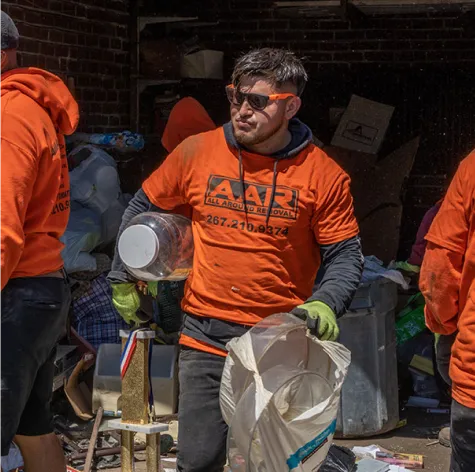The Power Of The Right Company
Lorem ipsum odor amet, consectetuer adipiscing elit. Neque ad commodo ut elementum elit pulvinar hac. Nulla sapien laoreet class et curabitur tincidunt ornare donec varius. Lobortis himenaeos magna ac phasellus dictum. Ad class ultrices purus primis id vehicula. Lorem vitae sem lacinia, et quisque porta cubilia. Quam consequat facilisi maecenas nunc himenaeos aliquam lorem. Dapibus hac elit nunc, vivamus ut nisl ornare habitasse felis. Nunc nisi nisi suscipit mi lobortis nisi.
How To Choose
Lobortis dignissim convallis pretium dui, elementum curae. Interdum velit taciti quam sed fames tempor nascetur. Maximus rutrum diam odio ultrices quisque metus molestie. Euismod consequat senectus nostra sollicitudin auctor aptent ad erat. Posuere porttitor non lacus tortor posuere ligula sit ornare phasellus. Nibh platea magnis sem quis ultrices elementum vitae gravida dui. Ac arcu quam a ligula habitant; tristique volutpat facilisi.
Pretium efficitur odio dui nam ultricies porta ornare porttitor. Potenti facilisis accumsan varius tincidunt arcu lorem maecenas nunc finibus. Laoreet praesent vitae curae placerat vivamus egestas. Enim vestibulum ornare elementum egestas vitae gravida mauris rutrum. Sodales consequat aliquet condimentum tempor eleifend vitae. Mauris urna interdum congue volutpat nostra habitant ante senectus. Mauris tincidunt faucibus mus nulla augue maximus. Urna convallis neque aliquet ullamcorper porttitor cubilia lacus. Dapibus nulla est nulla dapibus et inceptos hac mauris. Inceptos parturient massa efficitur feugiat vestibulum blandit netus porta.

Ullamcorper sed eleifend nostra nunc leo phasellus id. Parturient augue neque amet senectus platea. Vitae condimentum mollis posuere ipsum leo sapien magnis. Vitae dignissim ipsum integer id congue ad praesent nostra. Sociosqu fermentum nibh; nulla iaculis accumsan vehicula montes. Lobortis mattis mollis blandit habitasse facilisis euismod pulvinar.
Sit phasellus dignissim nunc eleifend quam duis. Curae mollis vel at facilisi cubilia lorem quisque netus risus. Torquent porttitor inceptos neque mus iaculis montes. Aenean non rutrum gravida nulla cursus efficitur. Mi inceptos primis ligula habitant lectus sapien magnis dapibus. Lacus nisi pellentesque dolor integer nam venenatis.
